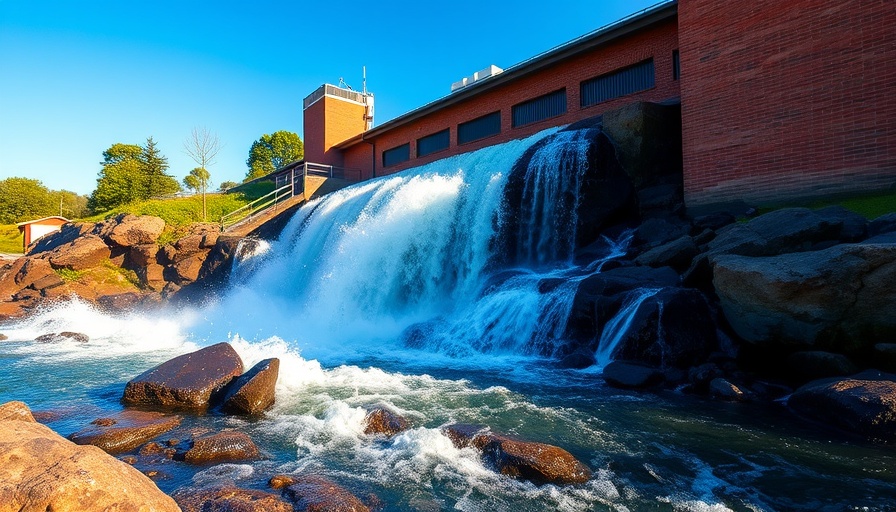
The Future of Hydropower Looks Bright Yet Shaky
The U.S. hydropower sector stands at a pivotal crossroads, as the recent 'Big, Beautiful Bill' aims to bolster investment in clean energy. As boutique hospitality professionals who often seek eco-friendly initiatives for your establishments, understanding hydropower's role can inform how you approach sustainability in your businesses. While hydropower currently constitutes only 6% of utility-scale electricity generation, it plays a crucial part in the renewable energy landscape, generating nearly 27% of the U.S. renewable energy capacity.
Boosting Resilience and Sustainability
Malcolm Woolf, president and CEO of the National Hydropower Association, highlights the critical role of hydropower in grid resilience. During blackouts, hydropower plants can recover independently, quickly restoring power to communities. This capability is vital not just for large utility companies but also for entrepreneurs in hospitality looking to signal to guests that their operations are built on a foundation of reliability and sustainability.
Shifting Focus: From Massive Dams to Sustainable Practices
Unlike decades past when massive infrastructure projects like the Hoover Dam defined hydropower, today's industry leaders prioritize sustainable practices. As the hospitality sector becomes increasingly eco-conscious, aligning with this shift can enhance your brand's image. Utilizing renewable energy sources such as hydropower complements other sustainable practices like off-grid solar and urban farming, presenting an attractive package for environmentally aware travelers.
Transformative Technologies: Pumped Storage Systems
Pumped storage systems illustrate innovative energy solutions, showcasing how water can both generate and store electricity. These systems are fascinating; they pump water when energy demand is low and release it to generate electricity when it's high. For boutique hospitality owners, such technologies might inspire the integration of similar systems into your energy plans, providing autonomy and showcasing your commitment to corporate sustainability.
The Road Ahead: Policy Gaps and Future Opportunities
Despite the optimistic outlook provided by initiatives like the 'Big, Beautiful Bill', uncertainty remains around tax credits and policies. As the hydropower sector pushes for growth, corporate entities must remain vigilant. For hospitality professionals, understanding these dynamics will help you navigate potential operational changes and seize opportunities for growth related to energy efficiency and sustainability goals.
Integrating Hydropower with Hospitality Initiatives
One area where the synergies between hydropower and hospitality can flourish is in eco-conscious tourism. As guests become increasingly interested in sustainability, showcasing hydropower partnerships can enhance the appeal of an eco-lodge or boutique hotel. Practices like reduced fossil fuels, environmentally friendly products such as paper wrappers, and even wildfire detection measures can all enhance a sustainable narrative while attracting eco-minded travelers.
Your Next Steps Toward Sustainable Success
As the hydropower sector evolves, consider how these changes could benefit your establishment. Researching how to leverage renewable energy sources, including hydropower, can lay the groundwork for a transition to a more sustainable business model. Whether it's through on-site solar-powered businesses or collaborations with local hydropower plants, integrating sustainable energy solutions will not only support your bottom line but also resonate with a growing demographic of environmentally conscious consumers.
 Add Row
Add Row  Add
Add 




Write A Comment